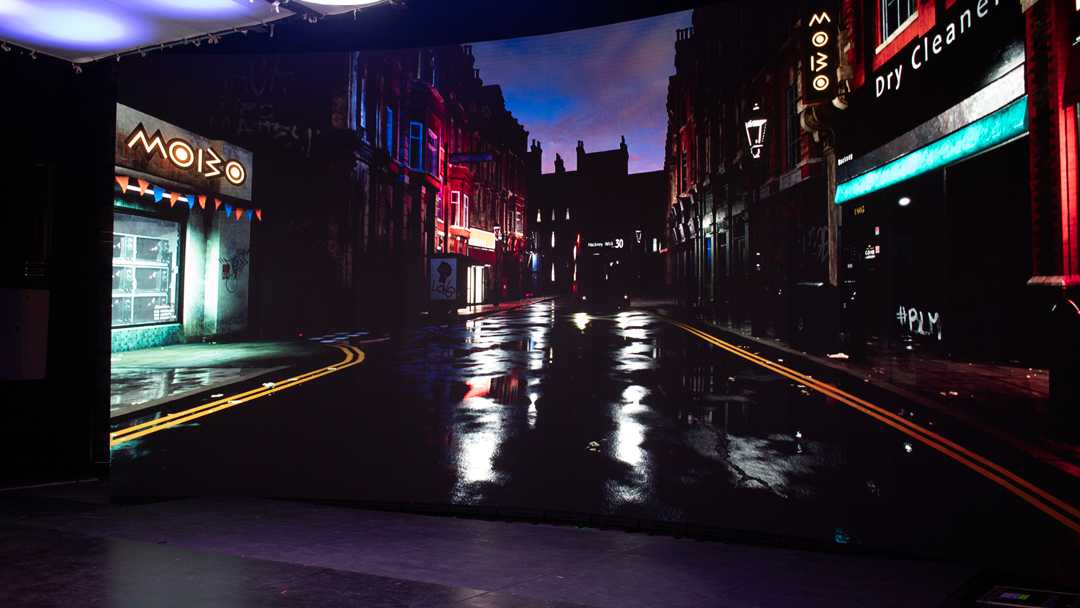MOBO show returns with Brompton Tessera
- Details

Hosted by former BBC Radio 1 presenter Maya Jama and YouTube creator Chunkz, and with performances by Headie One feat. M Huncho, Ms Banks, Tiwa Savage and Kojey Radical, the event was conceived by creative company CC-Lab and delivered by creative agency, Satore Studio. It was streamed live on YouTube, followed by a BBC One broadcast.
“CC-Lab wanted to find a new way to present the MOBOs,” reports Tupac Martir, founder and creative director of Satore Studio. “Everyone was clear they wanted an LED screen, but I wanted to take it further. I suggested to Jason Hocking, co-founder and MD of CC-Lab, that we could use the work we’d done in virtual production and play around with it, running the VP experience alongside still imagery.”
In a departure from standard television formats, the team combined film techniques and technology in a TV environment, using a multicam setup with an off-stage camera capturing the entire studio. “With this last camera, we could show what was going on behind the scenes to highlight that we weren’t trying to imitate being somewhere else; we were combining the physical and virtual worlds, and being creative with how we were doing it,” explains Martir.
To achieve Martir’s vision, UP provided ROE LED panels running on Brompton Tessera SX40 LED processors. “It was important for us to deliver the equipment that would directly respond to each of Martir’s creative and technical requirements, such as delivering highest-quality visuals during the show that was shot at 25 frames per second to give it a film look as opposed to the TV look,” explains UP’s Phil Mercer.
Recording was over two days and used two different LED screen configurations. On day one, a curved 8-metre-wide by 4.5-metre-high ROE Diamond 2.6 LED screen was used, with two one-metre-wide LED ‘towers’ placed on either end of the main screen. Day two saw the screen re-configured as a 10-metre-wide curve. Two Brompton SX40 4K LED processors (one active, one backup) and two Tessera XD 10G data distribution units were used to run the entire screen.
Brompton’s OSCA (On Screen Colour Adjustment) and ChromaTune proved to be key features for effective colour management, which was vital as the screen was also used as a light source. According to Martir, whilst an image can look correct on a computer screen, it can look entirely wrong on camera. Using a high-quality LED processor allows him to get closer to that perfect on-camera look.
The show achieved close to half a million views on YouTube with hundreds of thousands watching the ceremony on BBC One.
















